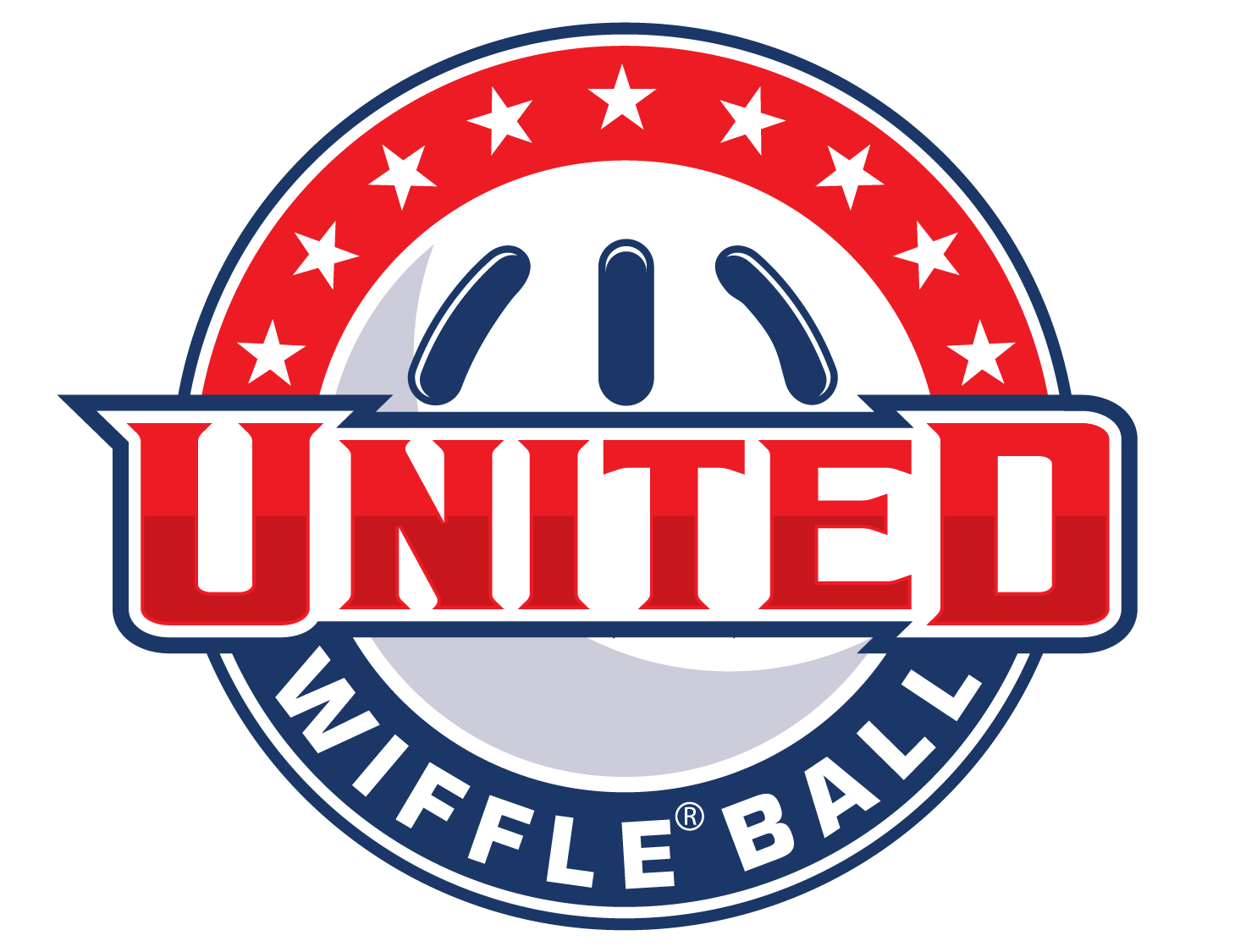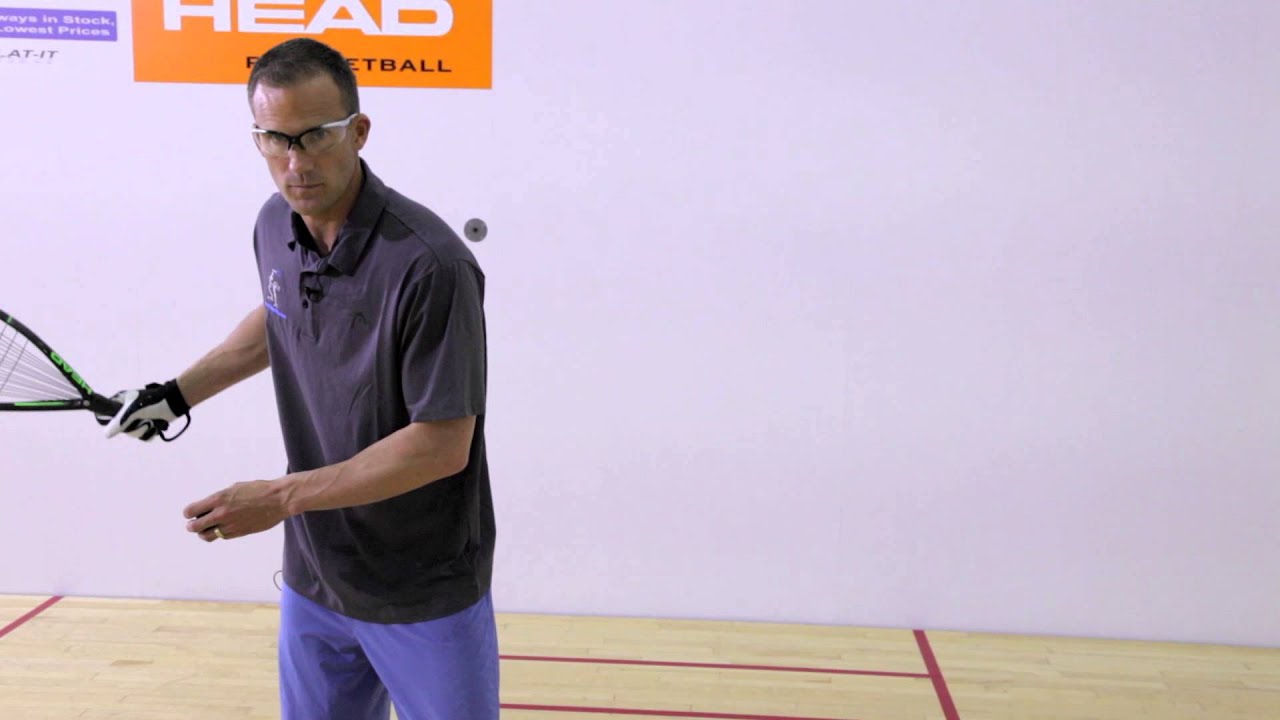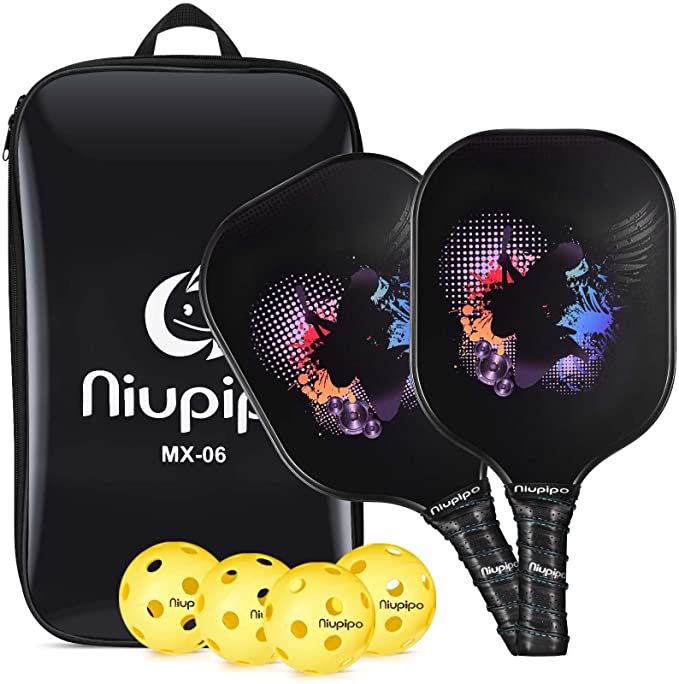
A racquet must be appropriate for your game of badminton. You should take into consideration four factors before you buy a racquet: head size, weight string pattern and tension. Your performance can be affected by each of these factors.
The size of the racket's heads plays a crucial role in how it performs. Although large heads may increase twisting, they can also cause a decrease in power. A small head may be better for you. A larger head will have a wider string bed and a sweet spot. This area is less prone to off-center hits, and has a greater ball-reflective ability due to the string deformation.
Badminton rackets also have a longer handle length than tennis. This is why they have a shorter grip and a wider throat. It is not recommended that players use a tennis racket for badminton.

Rackets are available in many shapes and designs. Some players prefer the form of a paddle to others preferring the rectangular design. However, regardless of the racket you choose, you must remember to follow the basic rules. The shuttlecock must not be hit over the net. Additionally, the shuttlecock should never be placed on the racquet.
It is also important to consider the materials used for the construction of the racket. This can impact its performance. Carbon fiber composite materials are used in many professional rackets. These materials provide excellent strength to weight ratio. They are also durable and flexible. They are very popular with sports professionals.
The balance point is another crucial feature that you should be looking for in a badminton tennis racquet. You will have better control and balance if it is located at the handle. It should be sized to fit your arm. There are two methods to determine this measurement: either by measuring the distance from your palm to the longest of your fingers or by looking at the base.
Other features to look for in a racket include the amount of space between the handle and the face of the racket. It's best not to buy a racket with too many holes. This will prevent you from being able reach the ball. As an alternative, you can opt for a shorter racket that has a balanced handle.

If you are looking to upgrade your racket's capabilities, you may want to consider a hybrid set. This will allow you to string at a lower tension, and you will be able to enjoy the benefits of both rigid and flexible strings. You should avoid using a monofilament or too heavy string.
Also, consider the string tension as well as the material. There are two options: nylon strings and polyamide strings. Natural gut strings can also be used. A monofilament string should be set at 50 to 65 pounds, while a synthetic gut string should be set at 55 pounds.
FAQ
Is exercise good for me?
Yes. Regular exercise can help you shed extra calories and lose weight. Exercise also helps keep your metabolism up, so you continue to burn calories even when you aren't exercising.
Is it safe?
Exercise outside whenever possible. While the air temperature is a major factor in determining whether or not it's safe to exercise outside, it's not the only one. Wind speed, humidity, precipitation, and visibility also play a role. Layers of clothing are recommended to protect against wind chill and rain when exercising outdoors in inclement weather.
How many hours sleep should I get each night?
The recommended amount of sleep varies depending on age, gender, and individual needs. Most adults need between 7 and 9 hours of sleep per night. Teenagers and young children generally need around 10 hours of sleep each night. This number decreases as they age.
What can exercise do for your body and mind?
Exercise helps you lose weight and build muscle mass. It also increases energy levels, decreases stress, and improves sleep quality. Exercise can improve mood, self-esteem and productivity as well as reduce the risk of developing heart disease.
Do I need heat before exercising?
Warming up before you start an activity will reduce muscle soreness. Warming up can be done in many ways: running, walking, jumping ropes, stretching and cycling are all options. Start slow and slowly increase your pace.
Why is physical exercise important?
Our health is dependent on our physical fitness. Regular exercise is essential for maintaining our health, weight, strength, flexibility, cardiovascular system, and overall well-being. Exercise can help you sleep better, reduce stress, increase self-esteem, and increase energy levels throughout your day.
Statistics
- Globally, 81% of adolescents aged 11-17 years were insufficiently physically active in 2016. (who.int)
- An estimated 110,000 deaths per year could be prevented (cdc.gov)
- Physical activity confers the following maternal and fetal health benefits: a decreased risk of pre-eclampsia, gestational hypertension, gestational diabetes (for example, 30% reduction in risk) (who.int)
- Adolescent girls were less active than adolescent boys, with 85% vs. 78% not meeting WHO recommendations of at least 60 minutes of moderate to vigorous intensity physical activity per day. (who.int)
External Links
How To
How to burn belly fat faster
When we are trying to lose weight, belly fat is often seen as a problem. When you stop and think about it, Belly Fat can actually be a blessing. It is the fat in your stomach that protects your organs. So let's see how to burn belly fat fast.
The main factors that lead to body fat storage are stress and lack exercise. Because stress stimulates the release of cortisol hormone, it makes us hungry all the time. Cortisol levels are increased by insulin. The excess calories are stored as fat by insulin. A lack of sleep leads to adrenaline being released into the system which causes an increased appetite. These extra calories are broken down through exercise.
There are many options to reduce belly weight. Any one of these can be tried, depending on how much you have to spend. These tips will help you quickly get rid of belly fat.
-
Try to eat less food. Instead of eating three large meals a day, eat smaller meals. You'll eat fewer calories this way.
-
Get plenty of water. Water flushes out toxins from your body and keeps you hydrated. Water before each meal can help you feel fuller longer and reduce your appetite so that you don't overeat.
-
Avoid unhealthy snacks. If you're looking for quick fixes, snack foods like chips, cookies, candies, etc. It might sound tempting. These fattening treats are best avoided as they have too many empty calories and sugar. Instead, choose healthy alternatives like fruits, veggies, nuts, seeds, and whole grains.
-
Three times per week, strength training is recommended. Strength training helps build muscle mass, which means that you can burn more calories even when you are resting. It also strengthens bones, muscles, ligaments, tendons, the heart, lungs, and joints.
-
Walk or stretch regularly. Stretching increases flexibility and mobility. It also reduces back pain. Walking is great for burning calories.
-
Reduce alcohol intake. Avoid alcohol.
-
Slowly lose weight. The first step towards losing weight is to identify what your current weight is. Add 5%-10% of your total bodyweight to calculate your ideal size. Once you have calculated your target weight, start reducing calorie consumption by 500-1000 calories daily until you reach your goal.
-
Avoid processed foods. These foods have high amounts of salt, sugar, and preservatives. While processed foods can be convenient, they don't offer enough nutrients to ensure your health.
-
Don't skip breakfast! Breakfast improves concentration, memory, energy, and stamina. Protein (like eggs), fiber and complex carbohydrates (like oatmeal) should be included in breakfast.
-
Have regular bowel movements. Constipation and irregularity can cause gas and bloating. This can be prevented by drinking plenty of water and increasing fiber intake.